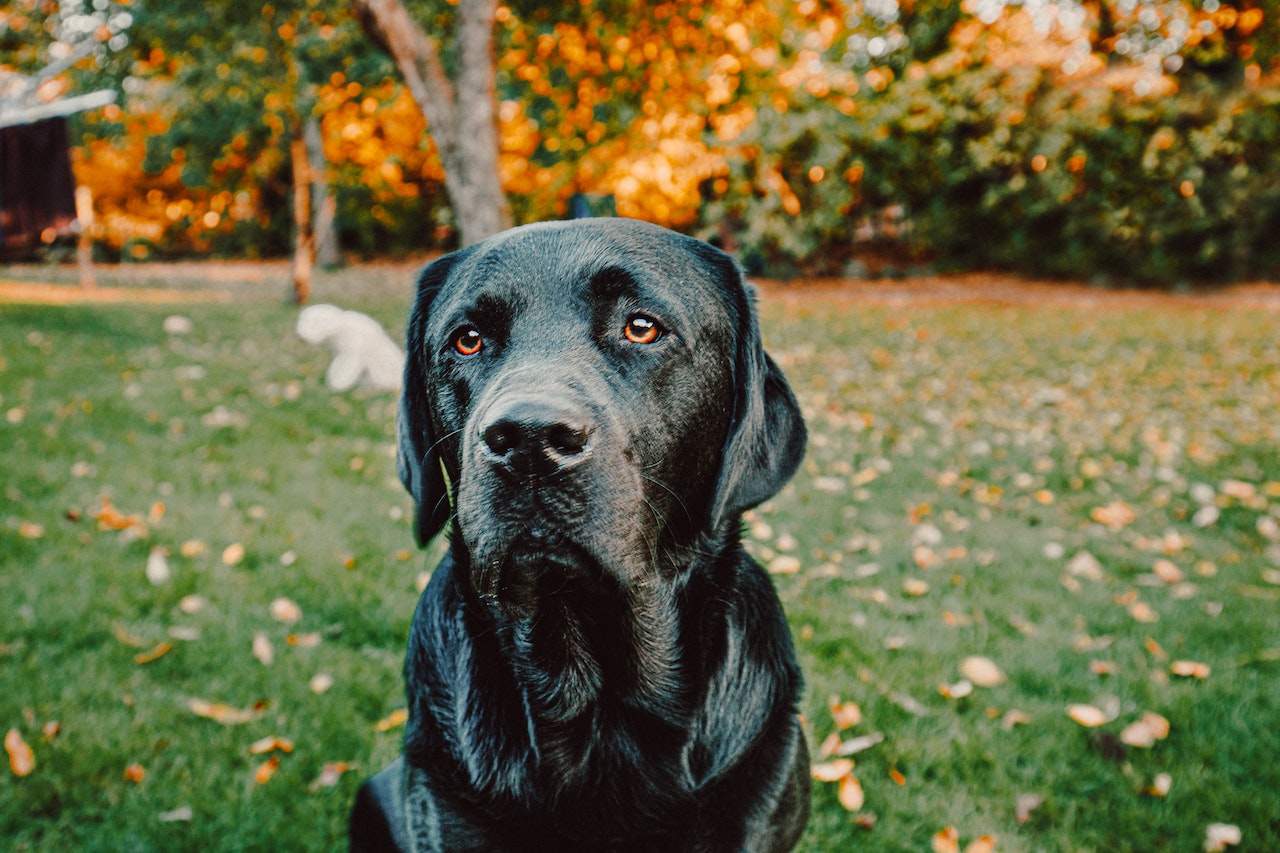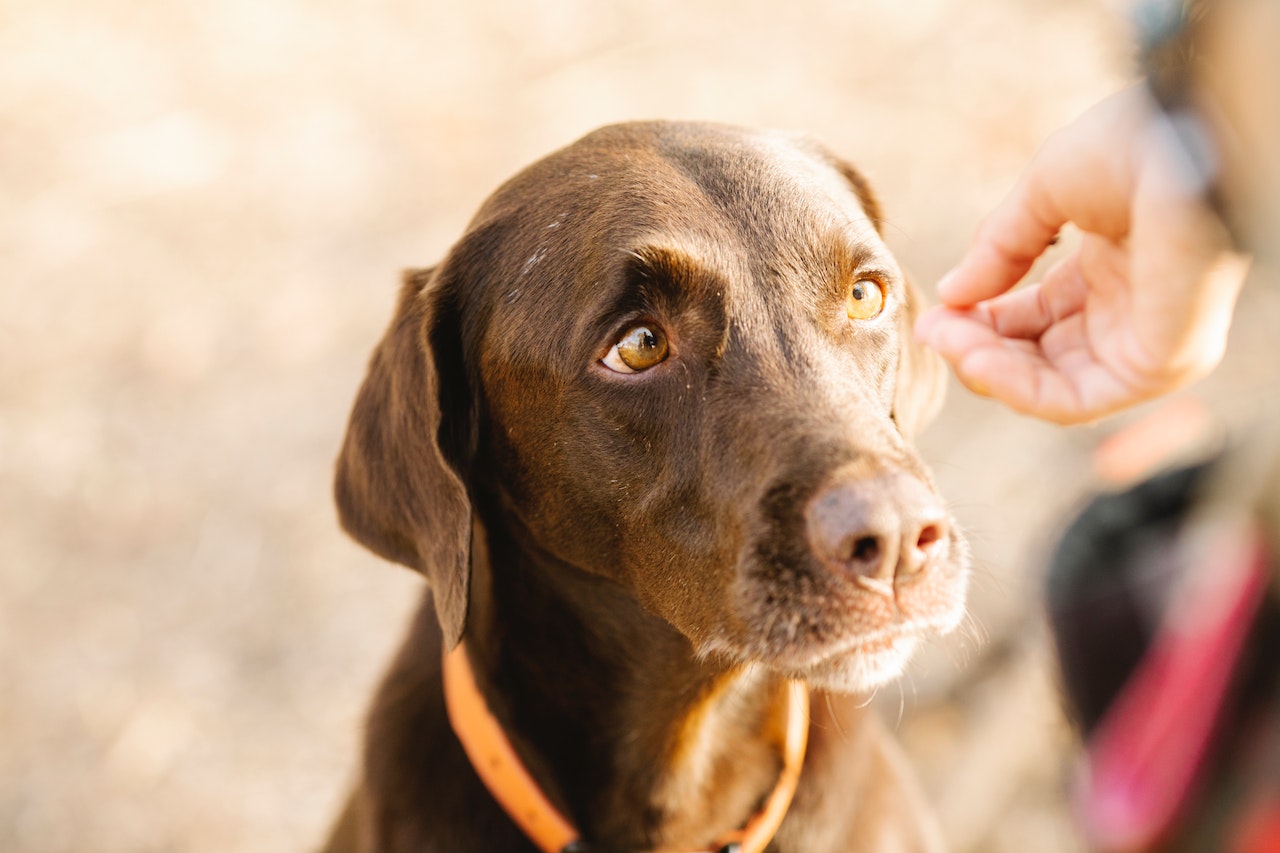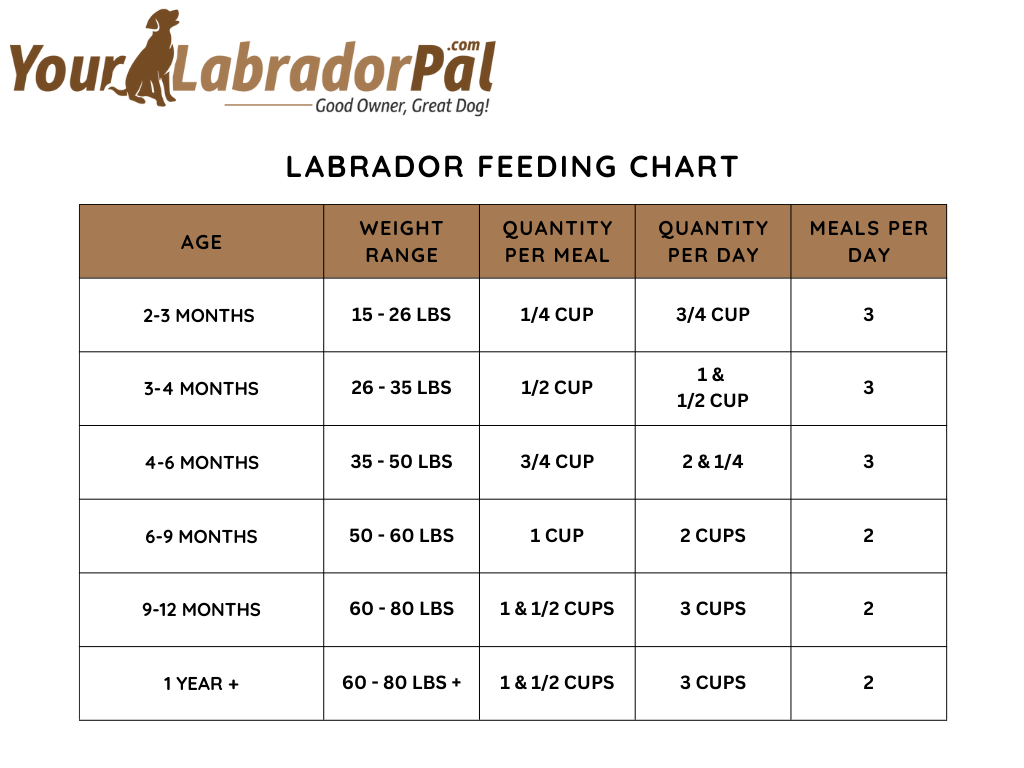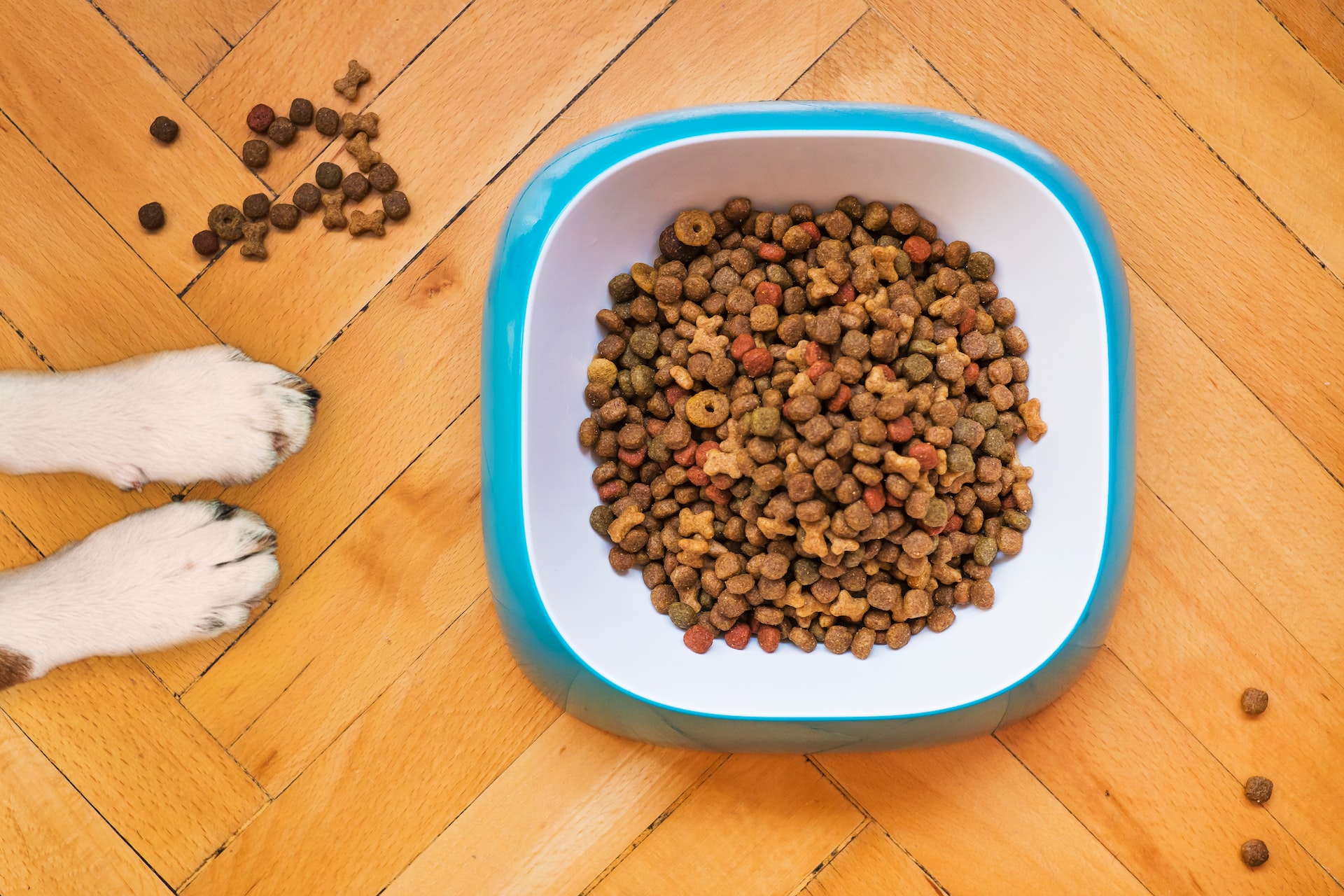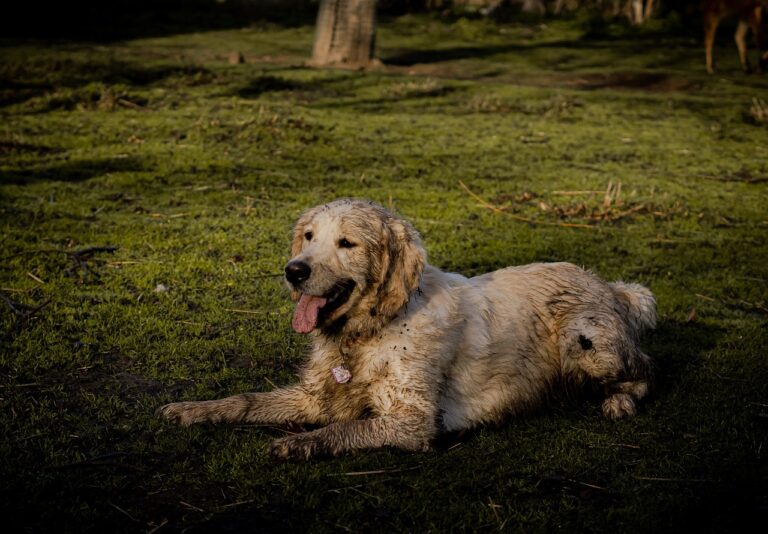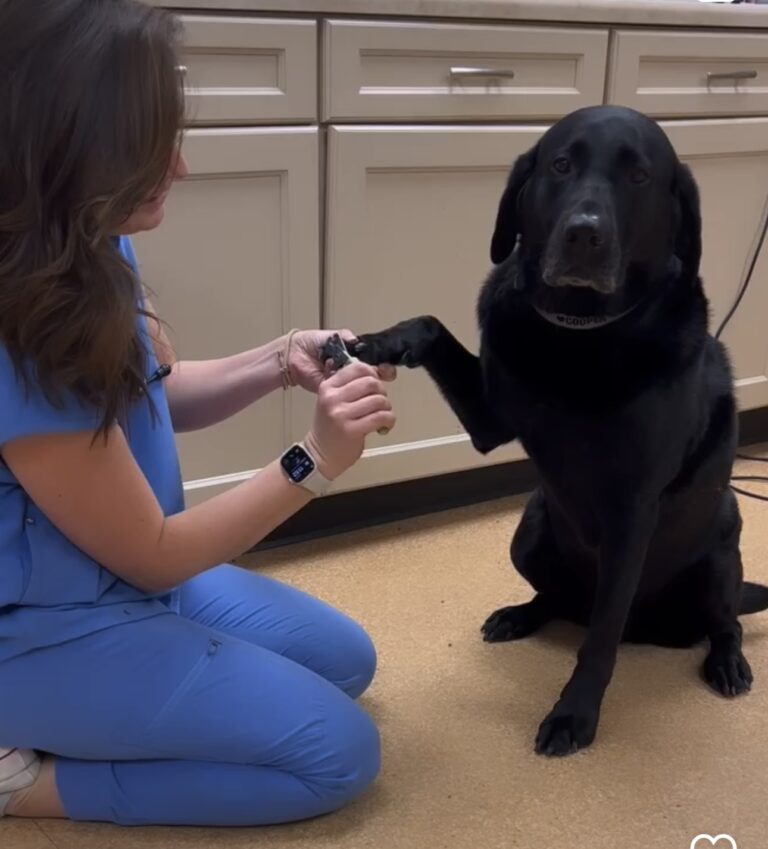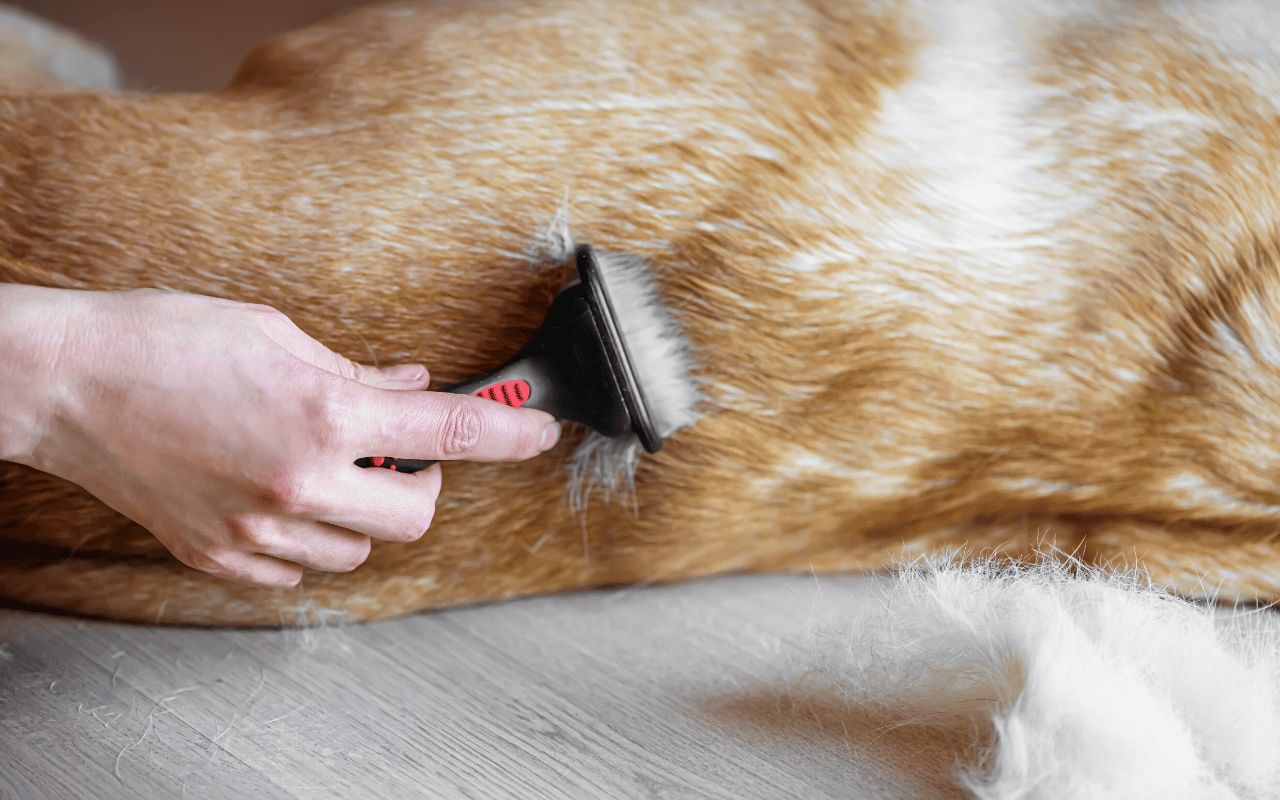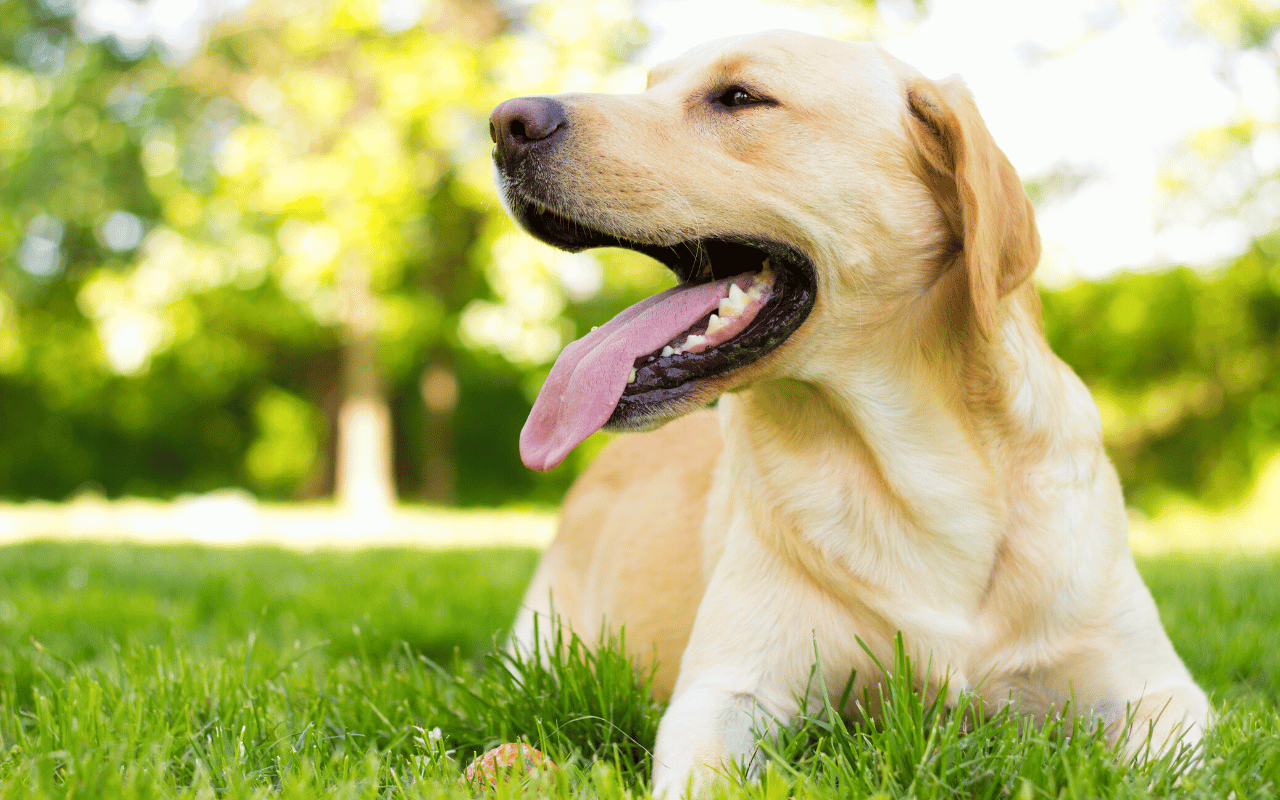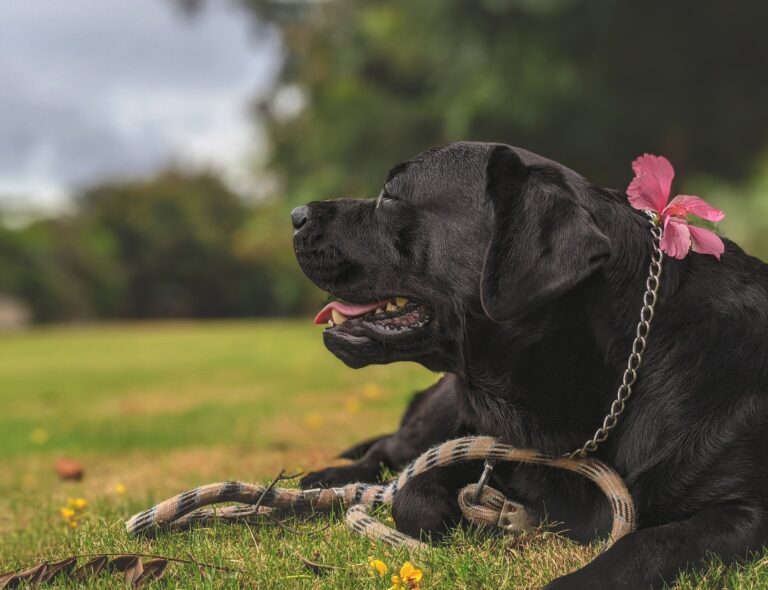How Much to Feed a Labrador Retriever?
How much to feed a labrador retriever is among the common questions that arise for first-time dog owners. Feeding your Labrador retriever the right amount of food can be important in keeping them healthy, happy, and energetic for years to come.
In this informative article, we’ll discuss some of the different factors that determine your dog’s nutrition needs and the amount of food they need for optimum health. Whether you just adopted a Labrador puppy or want to adjust your current diet, this guide will provide valuable insight. Keep reading to learn about what goes into feeding your beloved pup and why it matters!
Why Is It Important to Feed a Labrador Retriever the Right Amount of Food?
A dog’s body condition is directly related to the amount of dog food it eats. Feeding a Labrador Retriever the right amount of food is of the utmost importance to ensure their well-being and longevity.
Owners should aim to maintain their dog’s ideal weight and be mindful of not overfeeding their dog, as that can lead to excessive weight gain. There are several dog food options available in pet stores, so owners need to check labels when picking dog food as some may contain more calories than others.
By ensuring Labradors eat the appropriate amount of dog food, owners are helping ensure that they maintain good health and perform at the optimum levels into old age.
How Much to Feed a Labrador Retriever: Labrador Feeding Chart
With all the labrador retrievers’ energy comes an appetite since labradors love food. So owners need to ensure that their dogs get the proper amount of food.
In order to help you out, we’ve put together a feeding chart that will help you determine how much and what to feed your Labrador.
🦴Feeding Guidelines for Puppies
Labrador puppies need more calories than adult dogs because they’re growing rapidly. The best way to ensure your puppy is getting enough nutrition is to feed them a high-quality puppy food formulated specifically for large breed puppies — this will provide the essential vitamins and minerals needed for their development.
Feed your puppy three times a day until they reach six months old, then switch to two meals per day until they reach one year old. Make sure you’re using a measuring cup when you feed them so that you can keep track of exactly how much food they’re consuming each meal. Here is a general guide on how much food to give your pup:
- 2-3 Months Old – ¼ cup per meal
- 3-4 Months Old – ½ cup per meal
- 4-6 Months Old – ¾ cup per meal
- 6-9 Months Old – 1 cup per meal
- 9-12 Months Old – 1 ½ cups per meal
🦴Feeding Guidelines for Adult Dogs
Once your Labrador has reached one year old, it’s time to switch him over to an adult dog food formula designed for large breed dogs — this will provide the necessary protein and fat needed for muscle maintenance and healthy joints. Feed your adult Lab twice daily with 1 ½ cups of dry kibble.
If you want to give him wet food or treats, ensure you reduce the amount of kibble accordingly, so your senior lab doesn’t end up overeating. Also, remember that these are just general guidelines; depending on his activity level, age, weight, etc., he may need more or less than what is recommended here. It’s always best to talk to your veterinarian if you have questions about how much or what food your dog should eat.
Labrador Retrievers of varying ages have different needs when it comes to meal times. Puppies should be fed three or four times a day, while adult and senior Labs are best suited with two daily meals.
Diet Plan for Labrador Retrievers
Proper nutrition is vital for Labrador Retrievers, and the dog’s diet should be tailored to their perceived eating habits, activity level, and dog’s body condition. Here is a Labrador feeding guide to help you out.
🍖Feed High-Quality Food
Ideally, food intake for these active dogs should consist of high-quality food from established dog food brands, such as Orijen, Blue Buffalo, and Royal Canin. Although commercial dog foods are also a viable option, they are often tailored to the different dietary needs of Labs, who require complex carbohydrates and higher nutritional quality than found in most over-the-counter food. In addition, the ingredients should be natural and not include artificial preservatives or other additives.
🍖Raw Food Diet
A biologically appropriate raw food diet is the best option for Labrador Retrievers regarding their nutrition. This type of diet — commonly referred to as raw feeding — provides unprocessed, whole foods, including raw meat and bones, organ meat, and other fresh produce.
Raw diets provide nutrients, vitamins, minerals, and enzymes not typically found in traditional pet food. They also tend to be more palatable and digestible than kibble, which means fewer gastrointestinal upsets.
🍖Homemade Dog Food
Making homemade dog food is an effective approach to developing a balanced diet for your furry pal. Doing this allows you to create a menu that can be tailored to your pup’s specific needs regarding nutritional requirements, activity level, and age.
Making homemade dog food requires you to research how much of certain nutrients your pup needs and what ingredients are pet-safe. Through careful planning and research, providing balanced meals for your Labrador Retriever through a homemade dog food diet plan could potentially help it to maintain its health and well-being long term.
🍖Low Protein Diet
A low-protein diet is a great choice for Labrador Retrievers to prevent health problems. It’s important not to overfeed them, so a diet with less protein gives owners more flexibility in how much they give their pup. Labradors can still lead an active lifestyle and remain healthy on this type of diet as long as their energy requirements are met.
Owners should always adjust the amount fed based on their dog’s activity level and health, but it’s much easier to control intake with a low-protein diet for this breed.
🍖Dry Food
Dry food offers a great deal of convenience, and if you choose a brand with high-quality ingredients, it can be suitable for an adult Lab. It’s important to give them food that has enough protein to maintain strong and lean muscles, as well as fats for energy and vitamins for overall health.
A dry diet should also include supplements such as glucosamine for joint health and EPA/DHA omega-3 fatty acids to promote a shiny coat. Be sure to talk with your vet about what type of food works best for your furry friend.
🍖Wet Food
Wet food is an ideal way to feed them as it adds moisture and flavor, giving them the nutrients they need without leaving them feeling overly full. If you feed your Labrador wet food, incorporate nutritious ingredients such as sweet potatoes and make sure you feed them a balanced meal tailor-made for Labradors to ensure they get all the necessary vitamins and minerals.
It’s important to check how much to feed depending on the weight of your particular Labrador.
🍖Caloric Intake
Labrador Retrievers need 60-80 calories per pound of body weight per day; however, the exact number will depend on your pet’s size, age, and activity level. Calculate the amount of food you should give your pup by multiplying its body weight in pounds by the number of calories per pound.
Be sure to account for any additional exercise that your pup may get outside their regular daily routine, as this will increase their caloric intake requirements.
What Not to Feed a Labrador Retriever
Certain foods can be hazardous to a Labrador Retriever’s health, so it’s important to know what NOT to feed your pup. Here are some of the most dangerous foods to avoid:
❌Nuts
Nuts are generally high in fat and can be difficult for dogs to digest. Additionally, they may contain toxins such as aflatoxins or other harmful ingredients that can cause serious health issues if ingested by your Labradors. It’s best to avoid feeding them any type of nut, including peanuts, almonds, walnuts, and cashews.
❌Allium Plants
Allium plants include onions, garlic, and chives, which can all cause gastrointestinal upset if consumed by your Labradors. These types of plants contain compounds called thiosulphate which can damage red blood cells when eaten in large quantities. For this reason, it’s best to avoid feeding them anything containing allium plants.
❌Chocolate
Chocolate is toxic for dogs because it contains a compound called theobromine which can cause vomiting, diarrhea, and even death if consumed in large enough quantities. Milk chocolate is particularly dangerous for Labs as it contains higher levels of theobromine than dark chocolate does. It’s best to keep chocolate away from your Labradors at all costs!
❌Ice Cream
Ice cream is typically high in fat and sugar, both of which can be difficult for dogs to digest properly. Additionally, ice cream often contains ingredients such as xylitol or artificial sweeteners that can be toxic for Labs when ingested in large enough quantities. For these reasons, it’s best to avoid giving your Labradors any type of ice cream or other dairy products like milk or cheese.
❌Popcorn
Popcorn isn’t necessarily bad for dogs, but the kernels can pose a choking hazard if not cooked properly before being given to your Labradors. The kernels also contain oils that could potentially irritate their stomach or lead to an upset stomach if consumed in large quantities. It’s best to avoid feeding them popcorn altogether unless it is cooked correctly first.
❌Milk
Cow’s milk isn’t necessary for adult Labs since they no longer need the lactose found in cow’s milk after weaning off their mother’s milk as puppies; plus, they may suffer from digestive issues such as diarrhea if they consume too many dairy products like milk or cheese on a regular basis. Therefore it’s best not to give them any dairy product at all unless specifically recommended by your veterinarian.
❌Eggs
In moderation, eggs are okay for adult Labs. Still, they should not be given more than once per week due to their high cholesterol content and potential for causing an allergic reaction depending on the individual dog’s sensitivities. It’s also important to note that raw eggs should never be given as they may contain salmonella bacteria which could make both you and your pet very sick!
❌Seafood
Seafood such as shrimp and fish should only be given occasionally due to their potential for triggering an allergic reaction in some Labradors, depending on individual sensitivities. Additionally, seafood has been known to contain mercury which could negatively affect your pet’s health when eaten over time. So, it’s best to give them small amounts now and then instead of making it part of their regular diet plan.
❌Cheeses
Cheese contains lactose which may cause digestive issues such as diarrhea when consumed by adult Labs due to their reduced ability to produce lactase enzymes needed to break down the lactose within the cheese. Therefore cheeses (including cottage cheese) should only be given occasionally in small amounts otherwise, avoided completely unless specifically recommended by your veterinarian.
Always check with your veterinarian when introducing any new foods into their diet to ensure it’s safe for them, as some items may be toxic or difficult for them to digest properly.
Tips For Feeding Labradors
In order to ensure your Labrador is getting the nutrition they need, there are a few tips to follow:
✔️Monitor Your Dog’s Weight
One of the best ways to ensure that your Labrador is getting the right amount of food is to monitor their weight regularly. You should aim for your Labrador to maintain a healthy weight throughout their life with minimal fluctuations.
✔️Provide High-Quality Food
It’s essential to provide your Labrador with high-quality food that meets all its nutritional needs. Look for foods that contain real meat as the first ingredient and are free from artificial colors, flavors, and preservatives.
✔️Use Treats Responsibly
While treats can be part of a balanced diet for Labradors, it’s important not to overdo it. Stick to treats specifically designed for dogs and use them sparingly as rewards for good behavior or during training sessions.
✔️Monitor Calories
Make sure you closely monitor how many calories your Labrador consumes daily so they don’t become overweight from too many treats or food overall. A good rule of thumb is to stick within 15-20% of an adult dog’s daily recommended calorie intake based on size and activity level.
✔️Stick To A Schedule
Establishing regular feeding times helps Labradors stay on track with their eating habits and prevents overeating or snacking between meals. Aim for two meals per day at consistent times every day so they can get used to eating when they should be instead of grazing all day long!
✔️Don’t Free Feed
Avoid leaving out large amounts of food throughout the day (known as “free feeding”), as this can lead to overeating or weight gain over time if not monitored closely enough by an owner who doesn’t know better! Instead, stick to regular meal times and measure out portions accordingly, so you know exactly how much your pup is consuming each time they eat something new or different from what’s already offered in their bowl at home!
✔️Be Mindful Of Portion Sizes
Again, it’s important not to overfeed your pup, as this can lead to obesity and other health problems down the line if left unchecked! Pay close attention when measuring out portions each time you feed them, so you know exactly how much food your pup will be consuming each day – this will help keep them healthy and happy in the long run!
✔️Consider Supplements
Certain supplements like omega fatty acids or glucosamine may benefit Labradors depending on their age or activity level. Ask your veterinarian before adding any new supplements into their diet; just make sure it won’t cause any negative reactions!
✔️Avoid Table Scraps
Table scraps may seem like a delicious treat, but they can actually wreak havoc on your pup’s digestive system if given too often; try limiting table scraps altogether or only giving them once in a while as special treats while still monitoring portion sizes closely, so they don’t consume too many calories at once!
✔️Stay Hydrated
Make sure your pup has access to clean water at all times throughout the day – dehydration can quickly become dangerous and even deadly, so always make sure there’s plenty available wherever they go during their adventures outside.
Frequently Asked Questions
What Are Some Feed Problems To Watch Out For When Feeding A Labrador?
When it comes to food issues that can affect Labs, you should watch out for allergies and sensitivities. If you notice any unusual reactions or skin irritations after changing foods, you may need to adjust their diet accordingly. Additionally, Labradors tend to gain weight easily due to their active lifestyles, so make sure you don’t overfeed them and keep an eye on their caloric intake.
What Is The Best Type Of Food For A Labrador?
The best type of food for a Labrador is one that is high in protein and low in fillers like corn or wheat. Look for diets formulated specifically for active breeds like Labradors. These diets will provide the right balance of nutrients for energy and activity levels while helping to maintain a healthy weight. It’s also important to look at the ingredients list on any food before purchasing; make sure there are no artificial colors, flavors, or preservatives listed.
When Do I Need To Add Supplements To My Labrador’s Diet?
Adding supplements to your Labrador’s diet can help ensure they get all the necessary nutrients. Common supplements include omega fatty acids (for joint health), glucosamine (for joint health), probiotics (for digestive health), and vitamins/minerals (for overall wellness). Consult your veterinarian if you’re unsure which supplements are best for your pup.
When Should A Puppy Switch To Adult Food?
Puppies typically switch from puppy food to adult food at around 12 months old; however, this can vary depending on the dog’s breed size and activity level. If you aren’t sure when it’s time to make the switch, it’s best to consult your vet before making any changes.
How To Tell If Your Labrador Retriever Is Overweight?
Keeping an eye on your labrador retriever’s weight is important since obesity can cause serious health problems down the line. In order to check if your pup is in a healthy weight range, feel along its ribs. If you can easily feel them without pressing too hard, they are likely at a healthy weight range; if not, they may be overweight and could benefit from switching to a lower-calorie diet or increasing exercise levels. It’s always best to check with your vet if you are unsure.
Final Thoughts
So how much to feed a Labrador Retriever? The answer varies depending on their age, activity level, and size. However, ensuring they adhere to a nutritious diet with plenty of proteins, healthy fats, and complex carbohydrates can help keep them healthy and active for years to come. Following these tips and guidelines ensures your Labrador Retriever is getting the best nutrition possible.

